At first glance, floating shelves seem like a simple design choice – a sleek, space-saving solution that fits...
- There are no more items in your cart
- Shipping
- Total £0.00

Floating shelves, grounded lives – the philosophy of lightness in modern interiors
Floating shelves, grounded lives – the philosophy of lightness in modern interiors
- Introduction – why floating shelves became more than a design trend
- The philosophy of lightness in design and life
- Visual freedom and emotional clarity
- The invisible complexity behind simplicity
- Floating shelves and the evolution of living habits
- How to design with air, light, and flow in mind
- Minimalism redefined – meaning through restraint
- Emotional and psychological effects of lightness
- Finding balance between stability and weightlessness
- Living with intention: lessons from floating design
Introduction – why floating shelves became more than a design trend
At first glance, floating shelves seem like a simple design choice – a sleek, space-saving solution that fits perfectly into the clean aesthetic of modern interiors. But in truth, they represent much more than functionality or style. Floating shelves embody a philosophy of living that values freedom, clarity, and intention. In a time when so many homes feel crowded by objects and distractions, these minimalist forms offer something quietly radical: the invitation to breathe. By detaching from the floor and appearing to hover, floating shelves challenge traditional design logic. They don’t demand attention through mass or weight but through balance and grace. They reflect our growing desire to live with less, to express more through simplicity, and to fill our homes not with possessions, but with space itself.
The philosophy of lightness in design and life
The concept of lightness in design goes beyond the physical. It’s an emotional and even spiritual value that resonates deeply with our need for calm and balance. When Italo Calvino wrote about “lightness” as a guiding principle in art and life, he wasn’t referring to superficiality. He meant liberation – the ability to detach from unnecessary heaviness without losing meaning. Floating shelves translate this philosophy into spatial form. They strip away everything nonessential and leave behind only what truly matters. They make walls feel alive, less like boundaries and more like open canvases. In their quiet presence, there’s a whisper of weightlessness that transforms how we perceive not only a room but also the rhythm of our everyday lives.
Visual freedom and emotional clarity
There’s something psychologically freeing about furniture that doesn’t touch the floor. Floating shelves create an illusion of space, allowing air and light to circulate more freely. This visual openness impacts how we feel – the absence of heavy lines makes rooms seem calmer, more expansive, and easier to inhabit. A wall lined with floating shelves becomes a statement of clarity and restraint, emphasizing the beauty of negative space. When objects are elevated, so too is the mood of the space. The clean horizontal lines draw the eye upward, creating a sense of lift and movement that changes how we experience a room. Floating shelves remind us that simplicity isn’t about emptiness but about focus – a careful curation of what deserves to be seen.
The invisible complexity behind simplicity
True simplicity is never simple. Behind the effortless appearance of a floating shelf lies precision engineering – reinforced brackets, hidden anchors, and expert craftsmanship. Every angle, weight distribution, and material choice is deliberate. What looks weightless is, in fact, carefully calculated to achieve balance and safety. This hidden structure is a metaphor for good design and even for life itself: the lighter something appears, the stronger its foundations must be. Floating shelves teach us that minimalism isn’t about stripping away complexity, but mastering it quietly beneath the surface. It’s about creating the illusion of ease through thoughtful detail – strength concealed within elegance.
Floating shelves and the evolution of living habits
Our homes are changing. As urban spaces shrink and lifestyles become more flexible, we crave solutions that adapt with us. Floating shelves have become an integral part of this evolution – they transform blank walls into functional zones without consuming valuable floor space. In compact apartments, they act as desks, nightstands, or media storage. In larger homes, they break visual monotony and emphasize flow. More than just storage, they represent a mindset: selective, intentional, and open. Unlike bulky bookcases that hide clutter, floating shelves expose it – which, paradoxically, encourages tidiness. They invite us to display fewer things, but better ones. They turn daily life into an act of editing and self-awareness, pushing us toward a lifestyle where design and discipline coexist.
How to design with air, light, and flow in mind
Designing with floating shelves isn’t only about placement – it’s about understanding rhythm and balance. Each shelf should feel like part of the wall, not an addition to it. Consider how natural light interacts with surfaces throughout the day. A well-positioned shelf can catch and reflect sunlight, turning wood grains or ceramics into living textures. Leave enough breathing space between elements; air is part of the composition. Think of the wall as a piece of music – shelves are its notes, and the empty spaces between them form the melody. When done well, this creates a flow that guides the eye effortlessly through the room, establishing harmony without a single word spoken.
Minimalism redefined – meaning through restraint
Minimalism has often been reduced to an aesthetic trend – white walls, clean lines, and emptiness. But the new wave of minimalism, embodied by floating shelves, is richer and more emotional. It’s not about doing without; it’s about choosing with care. A single shelf lined with a handful of meaningful objects tells a story far deeper than a cabinet filled with things you’ve forgotten you own. The restraint forces attention – every book, every bowl, every candle has purpose. The shelf becomes a frame for your identity, not just a storage solution. Minimalism here becomes not the absence of personality, but its refinement.
Emotional and psychological effects of lightness
Spaces that feel light affect us differently. Psychologists have found that cluttered environments elevate stress levels, while open, well-organized spaces foster calm and creativity. Floating shelves embody this balance – structured yet open, grounded yet free. The empty space below and around them isn’t wasted; it’s restorative. It gives your eyes a place to rest and your thoughts a place to wander. The design quietly mirrors how we wish our inner lives felt: supported but not constrained, open but still anchored. In that sense, floating shelves become more than objects – they become metaphors for mental clarity.
Finding balance between stability and weightlessness
A floating shelf may seem delicate, but it represents a perfect harmony between gravity and grace. It stands for strength disguised as subtlety, for stability that doesn’t need to shout. This balance speaks to a deeper truth: to live lightly doesn’t mean to live carelessly. It means knowing what supports you – invisible but essential and trusting that structure enough to let go of everything else. The floating shelf, with its quiet defiance of gravity, reminds us that beauty often lies in tension: the pull between what’s seen and unseen, what’s grounded and what’s free.
Living with intention: lessons from floating design
To live with intention is to design with awareness. Floating shelves are physical expressions of this philosophy. They teach us to value emptiness as much as presence, to appreciate balance as deeply as abundance. They are not merely minimalist accessories but visual meditations, reminders that space itself can be beautiful, that weightlessness can be strength, and that true design doesn’t shout, it whispers.
A floating shelf holds only what’s worth holding, and that’s its lesson: surround yourself with what adds meaning, not mass. Live lighter, but live deeply. In that way, floating shelves are more than furniture – they are quiet reflections of how we aspire to exist: supported, balanced, and free.

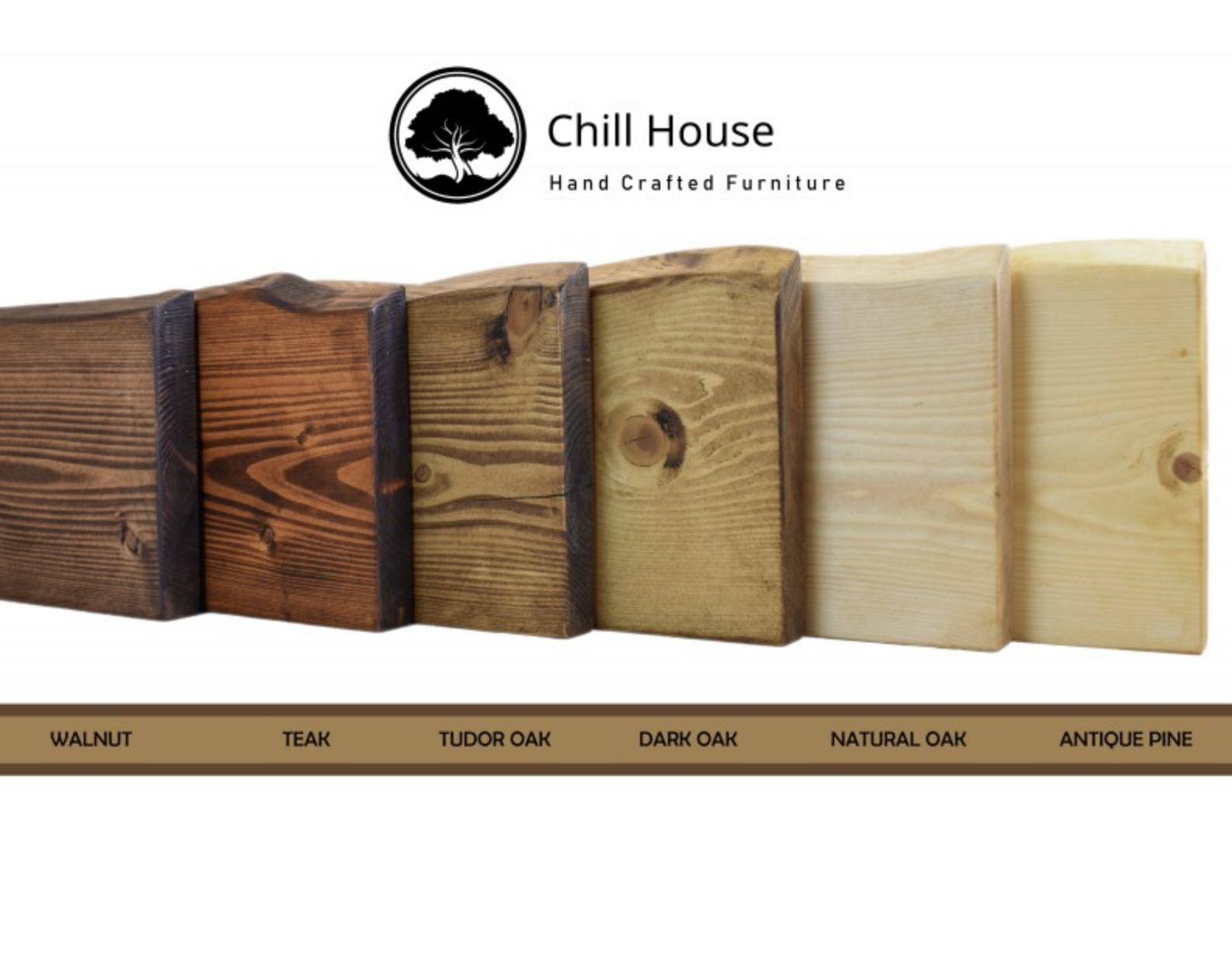
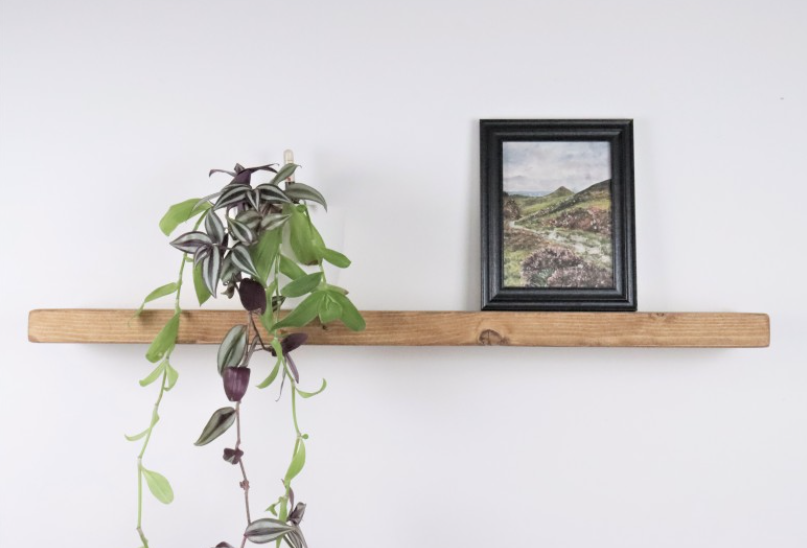

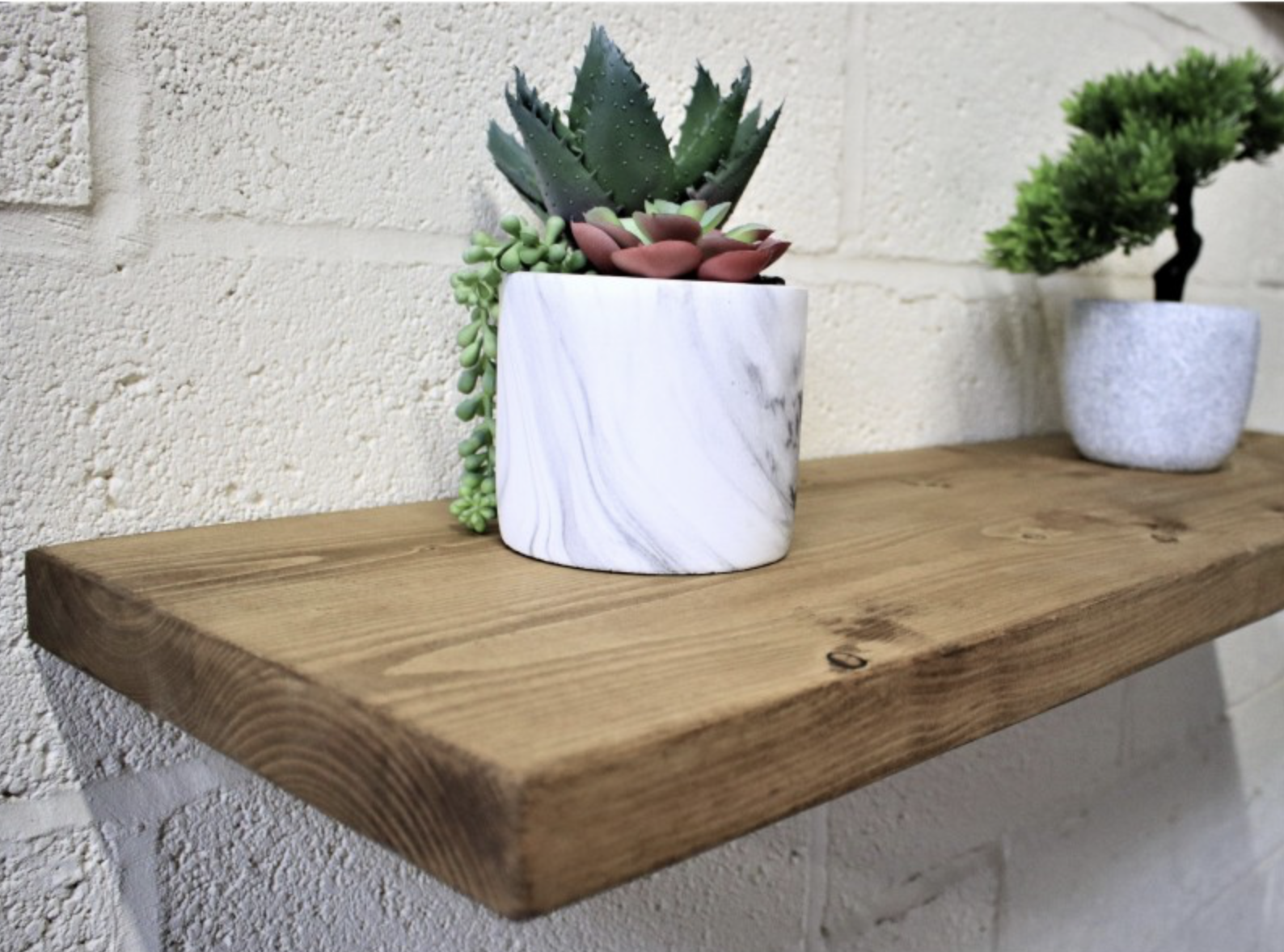
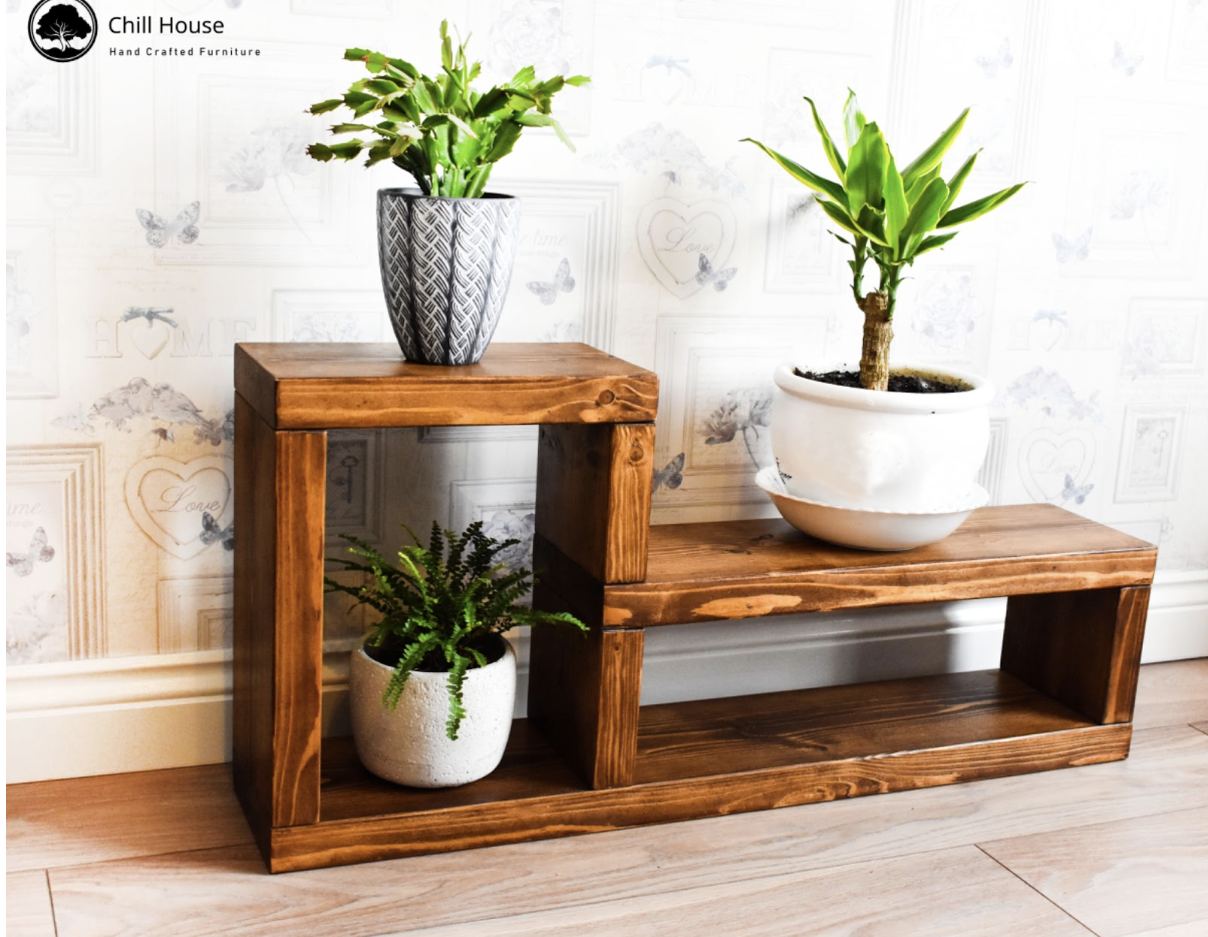
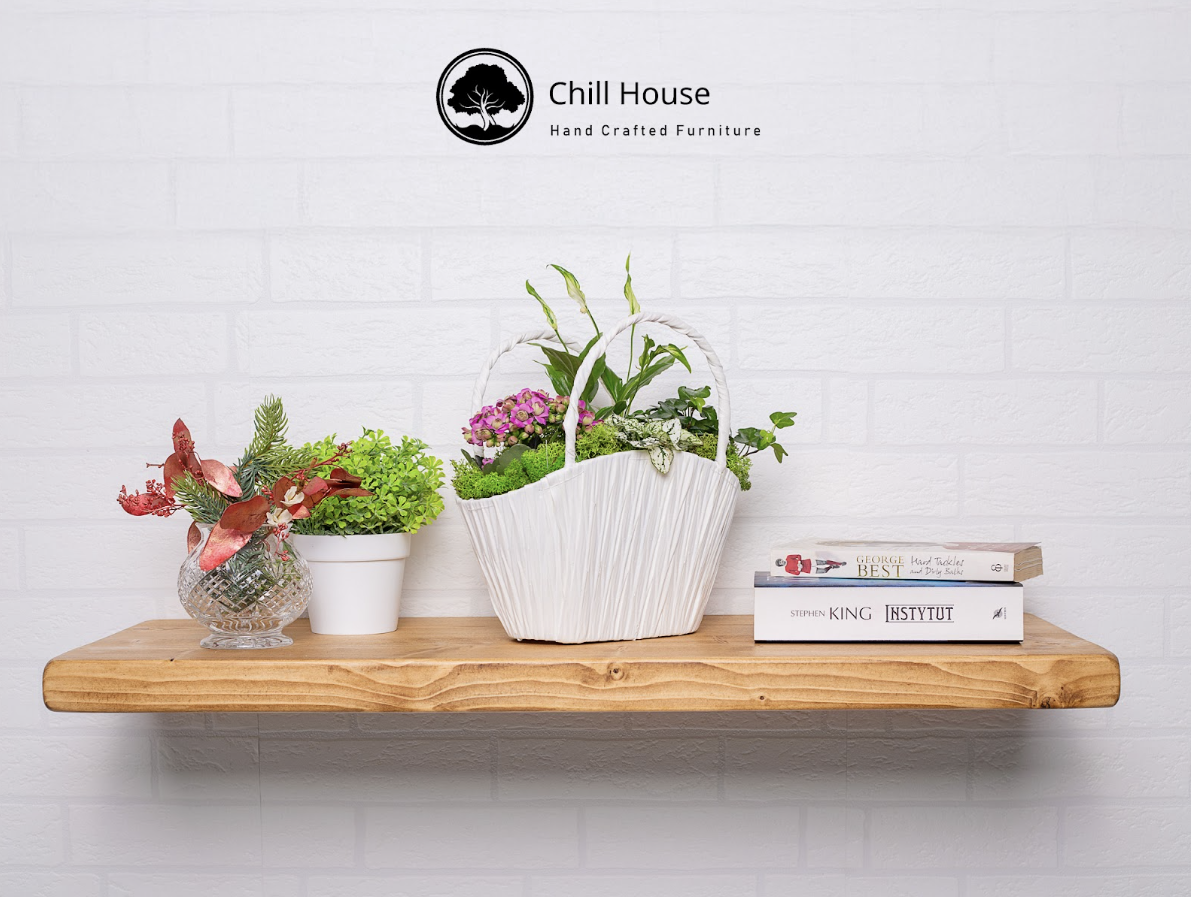









Leave a comment